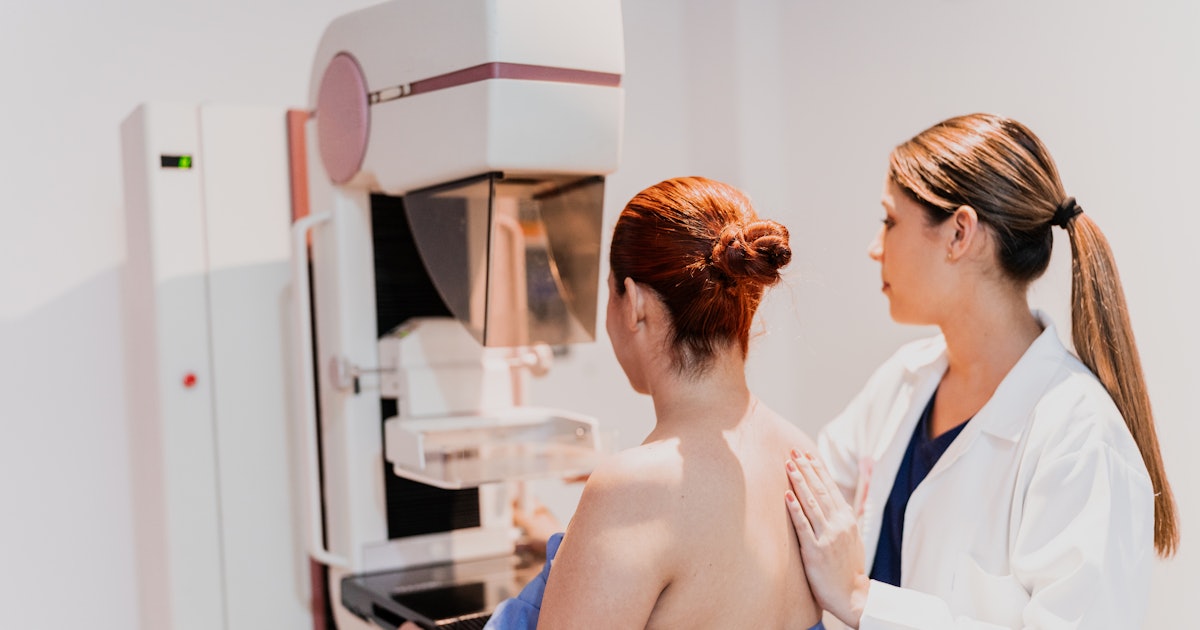Mammography facilities will soon have to inform patients about the density of their breasts in an effort to gradually improve the early detection of breast cancer.
The new rule, which takes effect on September 10, 2024, is part of the latest mammography regulations established by the U.S. Food and Drug Administration (FDA) last year.
Colorado and Minnesota have taken steps to begin including breast density in reporting. This would be the first nationwide regulation.
Breast density – a measure of the amount of fibroglandular and fatty tissue in a woman’s breasts – may be a sign that a patient is at higher risk for breast cancer. The more fibroglandular tissue, the denser the breasts and the greater the risk of cancer.
In the United States, about half of women over the age of 40 have dense breast tissue, radiologist Dr. Kimberly Feigin, interim director of breast imaging services and head of breast imaging quality assurance at Memorial Sloan Kettering Cancer Center, told CNN.
“We talk about breast density for two reasons. One is that breast density can make it more difficult to detect cancer on a mammogram because dense breast tissue (the glandular component and connective tissue supporting component) It looks white, and cancer looks white on a mammogram,” Feigin said.
In other words, dense breast tissue can hide cancer on a mammogram because the tissue appears white on a mammogram, much like lumps and tumors appear.
“The second reason breast density is important is that having dense breast tissue increases a woman’s risk of breast cancer,” says Feigin.
Although it is recommended that all women begin getting mammograms at age 40, some women with dense breasts may benefit from additional breast screening imaging options, such as ultrasound or MRI.
Now, before you start doing self-examinations and swearing that your breasts are “dense,” there are a few factors that come into play when it comes to knowing whether your breasts are dense, and it actually has nothing to do with how they “feel.”
“A lot of people will say, ‘I know my breasts are dense because I feel lumpy in them.’ That’s actually not accurate,” says.
While the new notice is a step in the right direction for women’s health, it does not provide specific next steps for patients with dense breasts. However, it is recommended that women talk with their healthcare provider to gain a clearer understanding of their individual risks and to determine a screening program that is right for them.
JoAnn Pushkin, executive director of DenseBreast-Info, told Scary Mommy that those who want to take a closer look after learning about dense breasts should ask a lot of questions and seek more information about further testing.
“In general, women with dense breasts, if they want something done, they should get an MRI because it picks up the most cancers, but not all insurance will cover that or them and their The doctor may decide that her risk is not that high. This does require a conversation with your doctor, but be aware of it,” Pushkin advised.




